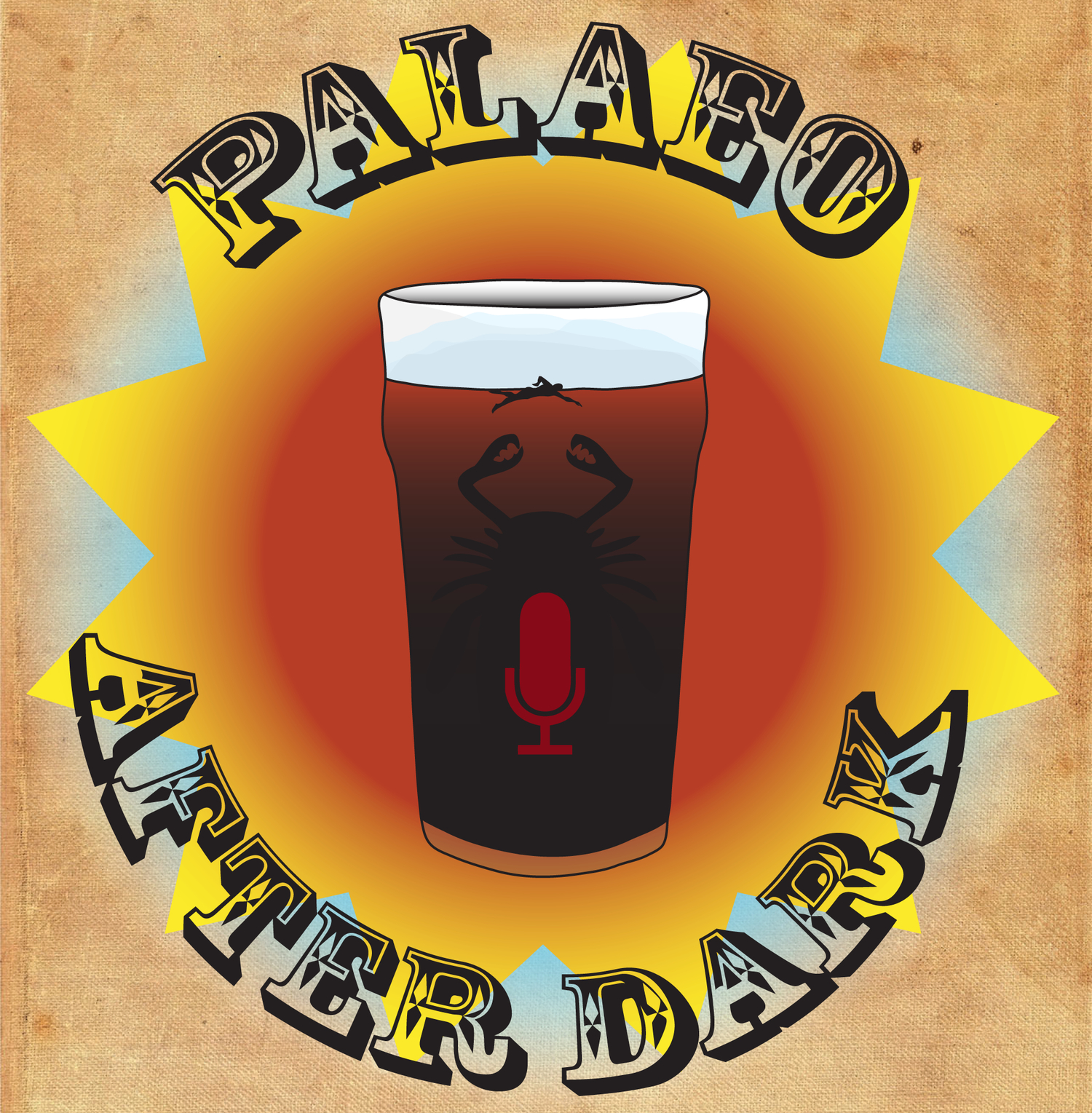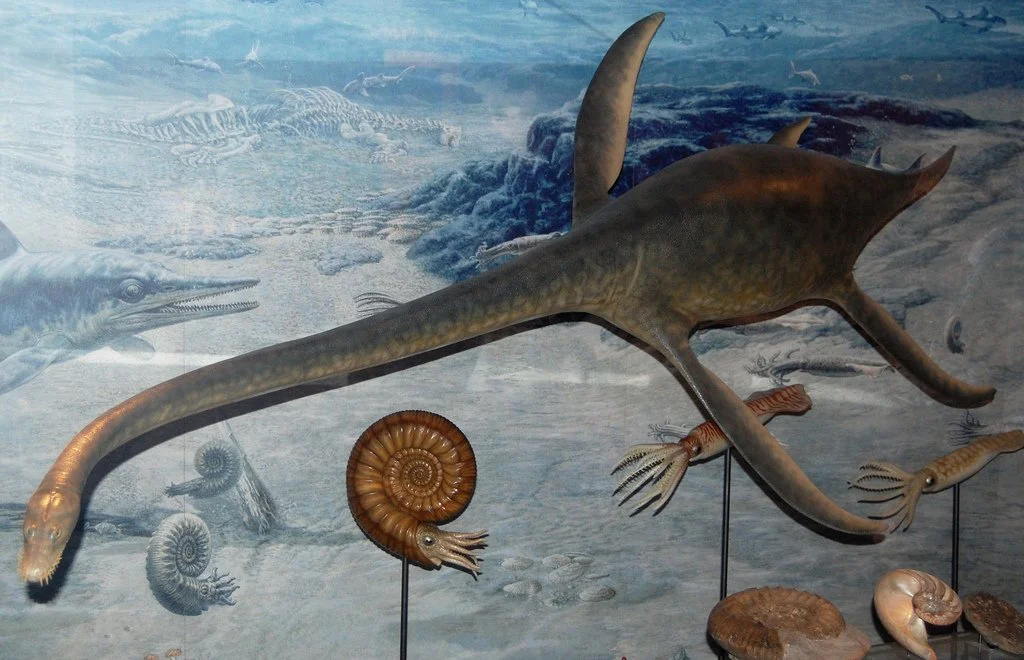Podcast 305 - Skin in the Game
/The gang discusses two papers that look at preserved skin/external tissues. The first paper shows a unique record of Cambrian molting, and the second paper looks at the first preserved samples of plesiosaur skin. Meanwhile, Amanda commits an "own goal”, Curt shares some old internet fun, and James has opinions about fins.
Up-Goer Five (Curt Edition):
The friends talk about two papers that look at skin that is very very very old. The first paper looks at animals from a long time ago that lose their skin when they get too big for it when then grow. They found these parts on the skin that are hard and most of the time there are two but some of them have four, and that these ones that have four are because they are growing new skin under the old skin.
The second paper looks at an animal from a long time ago that breathes air but lives in the water and is close to things today that have harder skin. Other animals like this animal have some skin that we know about, but for this group of animal we did not know a lot about their skin. In the other animals that move into water, their skin gets soft, but this group shows that some of their skin is hard like the animals that are on land. This might be because how these animals live.
References:
Yu, Chiyang, Deng Wang, and Jian Han. "Cambrian palaeoscolecidomorph Cricocosmia caught in the act of moulting." Historical Biology 37.3 (2025): 643-649.
Marx, Miguel, et al. "Skin, scales, and cells in a Jurassic plesiosaur." Current Biology (2025).









